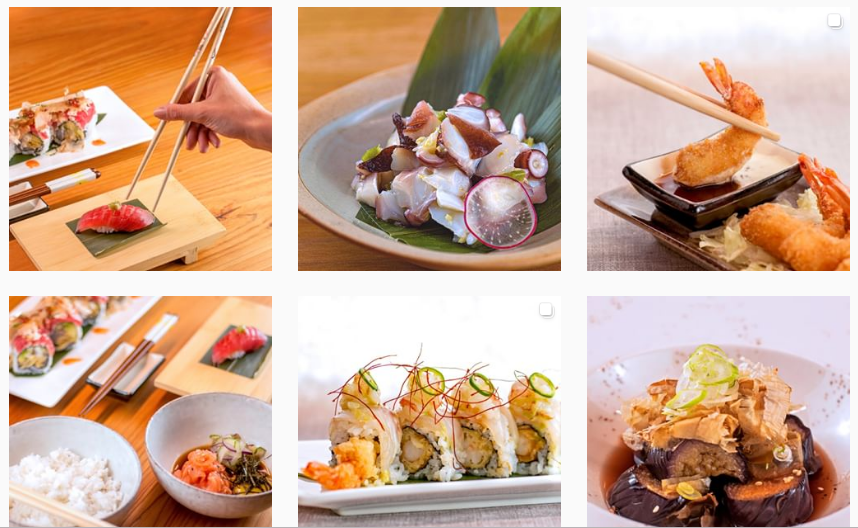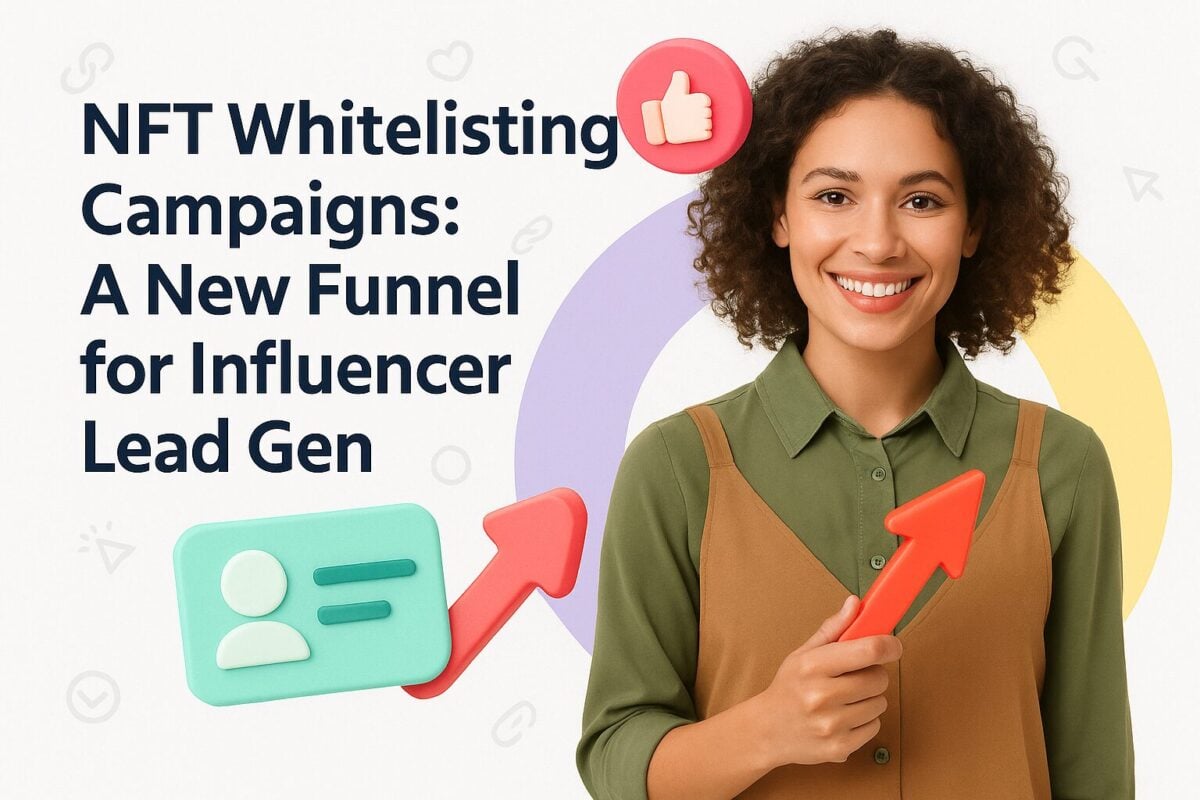Food and beverage posts dominate social media platforms like Instagram and are one of the most popular types of social media posts. On Instagram alone, there are over 355 million posts with the hashtag #food and 39 million with the hashtag #drinks.
This is a testament to the popularity of such content on the platform. And, this is an opportunity for restaurants and bars to join the bandwagon and target food lovers on a platform they frequent.
In this post, we will guide you on how to best leverage social media to promote your bar or restaurant. Use these tips to excel at social media marketing and beat your competition.
Bars and Restaurants Social Media Guide:
Create a Good Profile
The first thing that you need to do when you join social media platforms is to create your profile. Your profile is also the first thing a customer will see when they search for you on social media.
Your profile is your chance to make a great first impression and also provide all the necessary information to your potential customers.
Here are some best practices to follow while making your social media profile:
- Clearly mention your restaurant or bar’s name as you might not always get the exact name as your social media handle.
- Provide pertinent information like opening hours, address, and contact details to help people reach out to you.
- Add an interesting fact about your brand or your USP in your bio as this is your chance to make a strong first impression.
These are the things that you can add to your profiles on different social media platforms. Facebook business pages offer a few additional options that you can leverage.
For example, it allows you to add “popular hours” at your restaurant or bar, in addition to opening hours. You can also add a button that allows table reservations and can even upload your menu. This leads directly to conversions as people can book a table online and then visit at the selected time.
Another useful feature of Facebook is that you can add multiple locations for your different outlets. This allows your customers to easily find the outlet that is nearest to their location and provides the right address if they want to visit.
Use these tips to create the best social media profiles for your restaurant or bar.
Social Media Content Strategies
Now that you have created successful social media profiles, it is time to start posting content for your audience. This is where you can show your creativity and make your brand stand out from the rest.
A lot of restaurants fall into the trap of posting only promotional posts or photos of the restaurant. They fail to think from a consumer’s perspective and what they would want to see on their feed. People don’t want to see pictures of restaurants on their feed. They want something relevant and useful. This is why you need to have a solid social media marketing strategy that gives your audience what they want.
Here are some of the most effective social media marketing strategies for bars and restaurants that you can use.
Use High-Quality Food & Beverage Images
Of all the things that you can post on social media, this is the most potent. Posting HD-quality images of sumptuous food and beverages work like a charm for foodies, who are your key target audience.
Posting pictures of food that looks delicious makes people want to try it and that encourages them to visit the restaurant that posted those images. It is just as simple as that.
This is a simple, yet effective technique that most restaurants and bars use.
Check out these pictures posted by a Japanese restaurant. These mouth-watering images are sure to tempt any foodie into trying the restaurant at least once.

Source: instagram.com
A food and beverage marketing agency can help you come up with such images to promote your establishment.
Have a Distinct Brand Voice
This is one of the top strategies straight out of any marketer’s social media rulebook and it works for all industries. If you want to distinguish yourself from others, you need a strong and consistent brand voice. This will not only help you connect with your audience better, but will improve your overall brand image.
Whether you believe in serving only vegan or farm-to-table food, or you believe in complete indulgence, you need to convey that to your audience. It’s not necessary to believe in sustainable and healthy food to have a brand voice.
If you love serving meat, you tell your customers that you provide the most mouth-watering dishes they ever tasted. Or if you are proud of your flair for mixing amazing cocktails, you can centre your social media content around that.
You need to find what makes you unique and then create a brand voice that highlights your USP. And, once you do find your voice, keep it consistent across all of your social media content.
Sweetgreen, for example, is a US-based restaurant chain that believes in healthy and sustainable food. They reflect this value by posting pictures of healthy-looking salads, fruits, and dishes.
They maintain a consistent aesthetic in all their social media pictures. Here’s one Instagram post from the brand that clearly shows that they like their food fresh and healthy.
Share Recipes and Cooking Videos
Another brilliant and effective social media strategy for restaurants and bars is to post recipes and cooking videos.
Anyone who follows or connects with a restaurant or bar on social media definitely loves good food. A significant share of these people would also be interested in cooking good food.
To engage your audience on social media, you can create posts with detailed recipes and cooking instructions for your popular dishes. You can also create cooking videos featuring your restaurant’s chefs giving people a chance to see them in action.
For bars, the equivalent is posting recipes for cocktails or videos of bartender’s creating cocktails.
This type of content is very engaging and makes people want to follow your brand on social media. After all, more than just new pictures of the restaurant, people would love to see new recipes in their feeds as well, wouldn’t they?
Use the Right Hashtags
One of the best social media features that you can leverage to amplify the reach of your posts is hashtags. There is no shortage of food and beverage hashtags that you can choose from. The trick, however, is to select the right hashtags for your brand.
There are some extremely popular hashtags like #foodporn and #foodgasm that are followed by millions of people. You can use these to reach a large audience and boost the reach of your posts. However, it is extremely difficult to make your post rank well for such popular hashtags.
Therefore, you need to add some less-popular, but more relevant hashtags in the mix that you can realistically rank for. For example, if you only serve a particular cuisine, you can search for hashtags related to that. Or if you serve only a certain category of food, you can find related hashtags for that.
You can also narrow down your target audience by location. If you have a restaurant only in a specific location, you can use location-specific hashtags. For example, if your restaurant is based in New York, you can use a hashtag like #newyorkrestaurant. It is much easier to rank for a hashtag that has ~16K posts than for ones that have several million posts.
An effective hashtag strategy is using a mix of extremely popular, less-popular but relevant, and super-relevant niche hashtags. Most social media platforms allow the use of multiple hashtags, so strategically use a mix of all of these hashtags to get the best results.
Promote Events, Offers, and New Product Launches
If there is something new happening in your restaurant or bar, you can use social media to talk about it.
Have you launched a new menu item? Promote it on social media. Are you opening a new restaurant? Use social media to create a buzz around the launch and invite people to join you for the grand opening.
If you have anything interesting going on that you want to promote, social media is a good platform for it. You can also promote any ongoing offers or discounts to get more footfall at your outlets.
In fact, a report by Sprouts Social suggests that 61% of people may make the first purchase after seeing a discount on a brand’s social media page.
Here is an example of Buffalo Wild Wings promoting a new menu item on social media. They added a mouth-watering image of the new dish, along with a few details to tempt people to try it.
Conclusion
If you own a restaurant or bar and do not yet have an active social media presence, this post will help you get started. Use this post as a guide to join and build your presence on social media.
From setting up a good profile to posting the right content, these tips will help you master the art of social media marketing. So, what are you waiting for? Go ahead and start your social media journey now.



